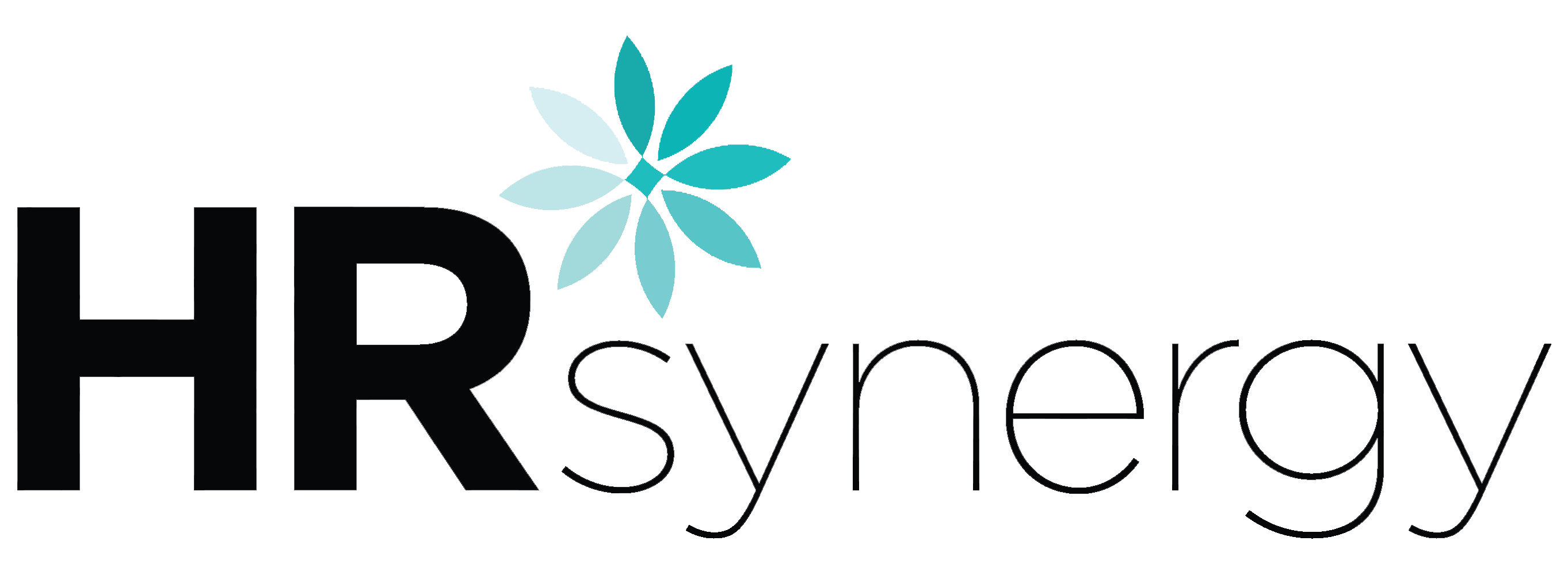Be smart and keep your workplace safe and fun this summer. Workplace summer safety includes preparing for weather-related disasters and preventing heat-related illness. As an employer, it is your responsibility to train employees on severe weather plans and provide necessary emergency supplies. See the “Natural disasters and weather workplace preparedness” graphic below for information about how to train your employees for earthquakes, floods, heat, hurricanes, lighting, tornadoes, and wildfires.
While OSHA (Occupational Safety and Health Administration) does not specifically have federal regulations to maintain a certain workplace temperature, the General Duty Clause, sections 5(a)(1) of the Occupational Safety and Health Act requires a work environment that “is free from recognizable hazards that are causing or likely to cause death or serious harm to employees.” The recommended temperature range is 68-76°F and humidity range is 20-60%. Be aware that California, Washington, and Minnesota each have heat-stress standards that you must follow if conducting business in these states.
Certain jobs and locations put employees at greater risk of heat-related illness. At-risk jobs include agriculture, construction workers, emergency response, indoor employees in bulky clothing using heavy equipment, landscaping, oil and gas operations, transportation, and utility. At-risk locations that need reduction in heat via air conditioning and ventilation include but are not limited to boiler rooms, chemical plants, commercial kitchens, factories, food canneries, and laundries. Be especially mindful when the heat index risk level is moderate or higher; see the chart below for heat indices and protective measures. More than half of heat-related employee deaths occur within the first three days on the job. As employees return to work after COVID-19 kept them away, employers need to provide safety refreshers and time to acclimate.
Implement a heat-stress program to educate employees how to prevent, recognize, and treat signs of heat-related illness. To prevent heat illness, have employees drink a cup of water every 15-20 minutes. Require frequent breaks in the shade or air-conditioning. Encourage or provide employees to wear appropriate attire, such as hats, light-colored and light-weight clothing, breathable/wicking clothing, ice-packet vests, and heat-reflective attire. Allow them to work during cooler, less humid times of the day. Ask employees to download the OSHA’s heat safety tool on their phones. Use the chart below created from the CDC guidance to recognize symptoms and how to treat heat-illnesses.
Another factor to consider this summer is that wearing masks can intensify heat-related illness by trapping hot air and making it difficult to breathe. Be mindful of those that continue to wear a mask, whether by choice or necessity. With preparation and clear policies, you can keep your employees safe, while enjoying special summer perks.



